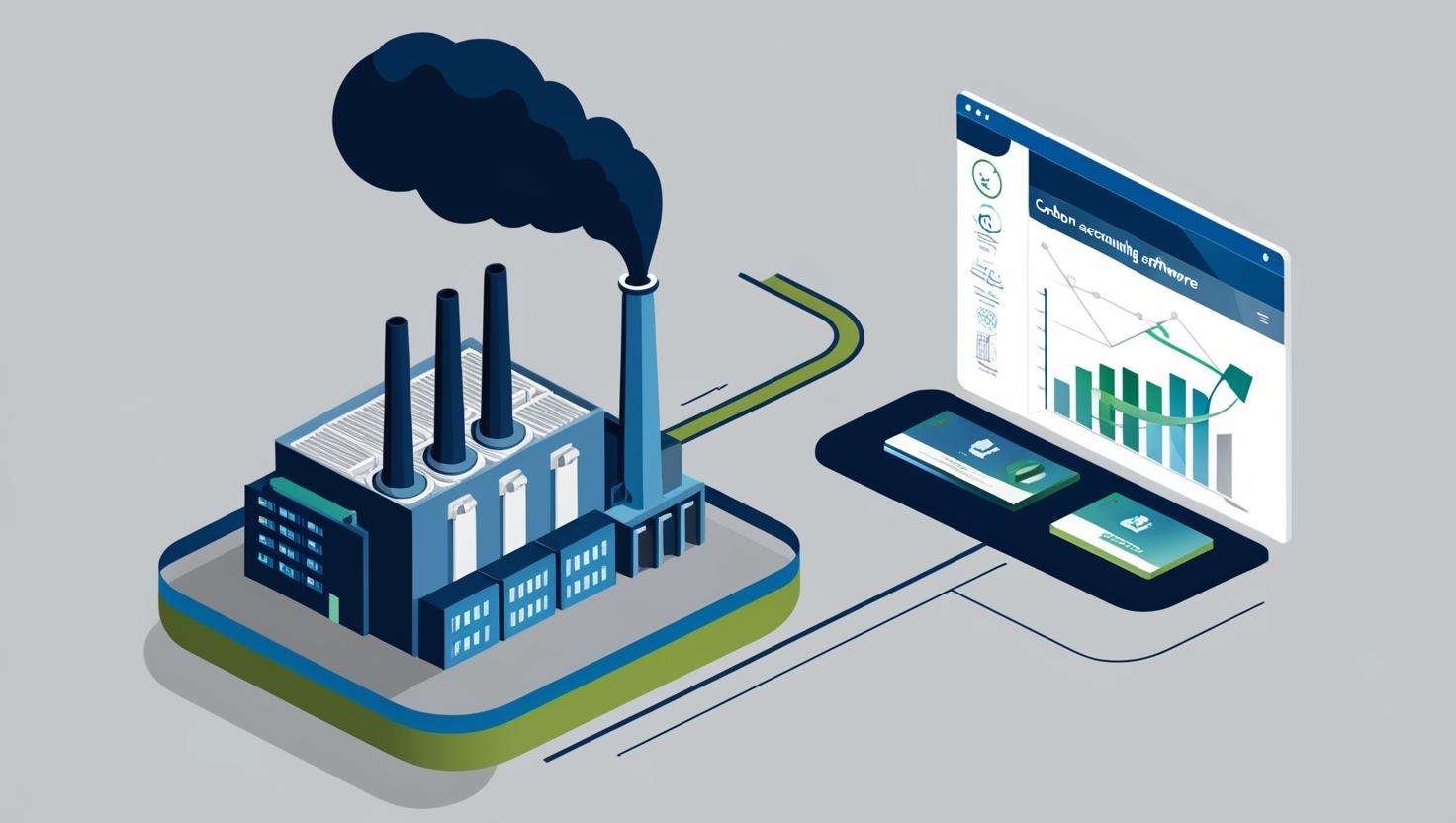The EU’s Carbon Border Adjustment Mechanism (CBAM) has highly technical guidelines and regulations for compliance by EU importers and non-EU exporters. It asks for multiple sub-types of emissions data besides the embedded emissions data for quarterly reports. Due to the complexity of data management for value chain emissions, it becomes very difficult to ensure error-free CBAM compliance. Hence, it is critical to select an efficient and credible CBAM reporting tool.
Here are five reasons a non-EU exporter requires the CBAM tool.
5 reasons exporters want CBAM reporting tool
Non-EU exporters are required to follow the Carbon Border Adjustment Mechanism (CBAM) reporting according to their product Combined Nomenclature (CN code), and if they export to the EU. However, knowing the CN code is just the starting point, as CBAM has a lot of guidelines to be followed. Therefore, suppliers would prefer to deploy the CBAM reporting tool, which has integrated features to understand all the reporting requirements. Here is a look at the reasons why exporters need the CBAM reporting tool:
1.Competitive advantage despite highly technical guidelines: CBAM has multiple technical guidelines that must be followed by an exporter to ensure compliance. These guidelines keep changing, and if not followed accurately, they could hamper the competitive advantages of a company. However, non-EU exporters may lack experience and understanding of CBAM. A CBAM tool with inbuilt features that can allow integration and adaptation of all the CBAM guidelines to ensure smoother reporting is desirable. The reporting tool should have scalability, flexibility and adaptability features that can eliminate all the guidelines challenges of the exporter. The right CBAM tool can help exporters meet all EU CBAM reporting requirements by accurately tracking and reporting the embedded emissions of the products and protecting the competitiveness of an organisation.
2.Data accuracy: CBAM compliance success is highly dependent on embedded emissions data accuracy. There are different ways of gathering and managing the emissions data that need to be reported. Moreover, most exporters rely on excel sheets for collecting data relevant to the CBAM. But, data collection and management through excel sheets is mostly misleading which causes wron calculations and incorrect reporting. Hence, digitising the data collection processes can be of immense help, which could reduce manual work and administrative work.
3.Trade continuity and managing massive emissions data: CBAM reporting deals with a lot of emissions data management at multiple levels of product manufacturing. Different products under the six CBAM categories have data related to production routes, production processes and installation details. This impacts trade continuity among different players engaged in the embedded emissions value chain and supply chain. Not managing and submitting massive amounts of emissions data under Scope 2 and Scope 3 negatively affects trade continuity with the EU market and all exporters associated with the EU market directly or indirectly. Streamlining the value chain and supply chain emissions data collection and accurately tracking the data is a complex task. Hence, a CBAM tool with features that allow accurate data tracking, managing, and generating audible records could eliminate the exporter’s challenges related to data complexity.
4. Accurate calculation: Exporters face multiple challenges while conducting emissions data analysis and calculation under the CBAM compliance. The accurate calculation of the embedded emissions data at the process and the product levels plays a pivotal role in CBAM reporting by exporters. Any technical error or emissions data collection or calculator data could result in hefty penalty for the supplier. Moreover, the calculation can be done using different methods under the CBAM guidelines. A CBAM tool is required to ensure accurate calculation for the entire value and supply chain as per the guidelines in the CBAM document could resolve this challenge.
5. Continuous reporting and specific templates: Under guidelines of CBAM for EU Importers, there are two different specific templates that should be followed for CBAM report submissions. Failing to submit the reports in the given format and template by exporters is a tedious process and involves a lot of technicalities.
The efficiency and quality of a CBAM reporting tool depend on how well the software digitises and automates the emissions data. The CBAM tool should eliminate all the challenges related to data accuracy, accurate data collection and calculation faced by exporters. The right tool helps them accurately track and report the carbon content of goods being exported to the EU, ensuring they meet CBAM requirements and avoid penalties. It streamlines data collection, reduces administrative burdens, and improves transparency, making it easier to adjust pricing, plan for carbon costs, and remain competitive in the EU market.




